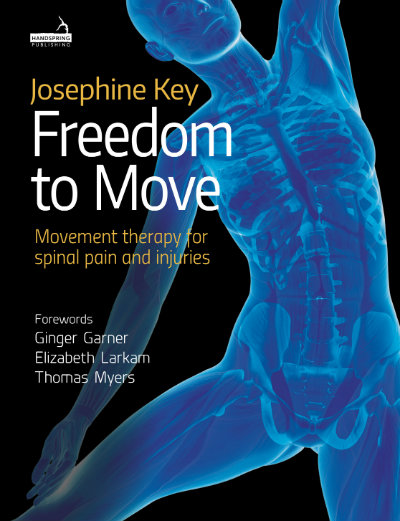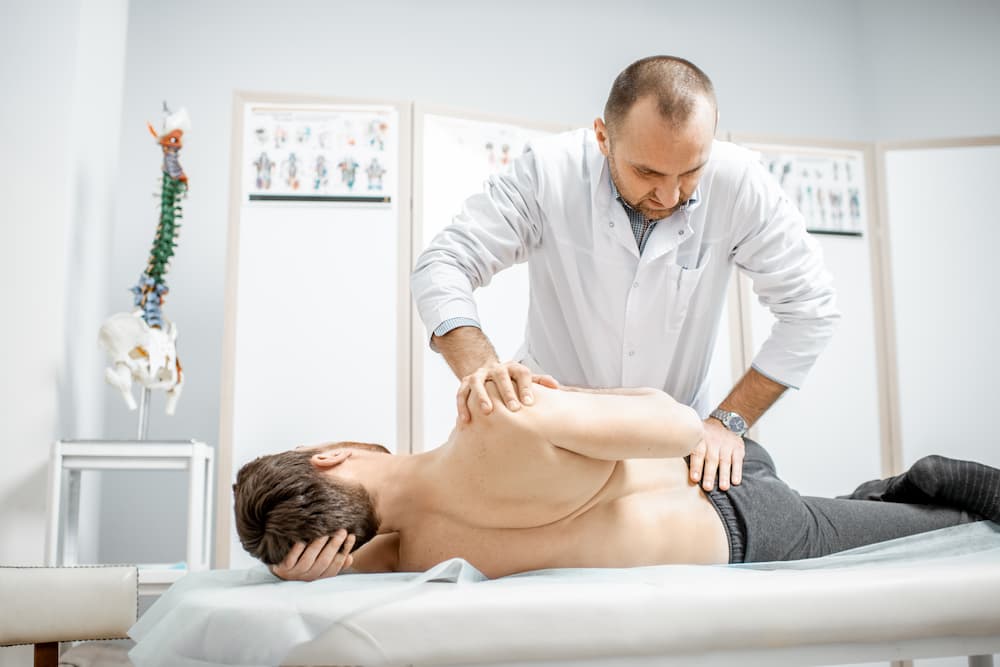Freedom to Move
Movement Therapy for Spinal Pain and Injuries
- Verlag: Handspring
- ISBN: 9781909141926
- 2018, 396 pages
75,90 €
inkl. MwSt.
plus Versandkosten
Abhängig von der Lieferadresse kann die MwSt. an der Kasse variieren.
Lieferzeit: ca. 5 - 10 Tage/days
Beschreibung
Integrates applicable contemporary science around spinal movement and pain with clinical evidence and understanding gleaned from the authors longstanding practice (as both a manual and movement therapist). It also includes further insights gained from wide ranging enquiry around spinal movement control in health and dis-ease. This includes exploration of various movement approaches in particular Feldenkrais, Pilates and the long-term practice of yoga. The book also relates functional movement to the fascial system and the concept of biotensegrity. The book briefly examines the relationship between healthy torso structure and functional control and the functional connections between the spine, head and proximal limb girdles and between the nervous, muscular and fascial systems in providing joint protection, support and control significant in the spine due to its multi-segmented nature and richly endowed neural networks. In particular it focuses upon the distilled basic movements that underpin healthy movement the Key Axial Fundamental Patterns of control. The bulk of the books real estate offers an informed, reasoned, practical therapeutic exercise/movement approach aimed at directly redressing the common deficits and functional movement faults found in people with spinal dysfunction. This is a neuro-myo-fascial approach to correcting movement behaviour whereby in general, restoring control of basic natural functional movement patterns not only remedies the persons pain but also improves their general functioning and well-being. While some of these exercises may be familiar to practitioners, the suggested adjustments and fine tuning will usually not be common practice. Exercising for fitness may work counter to building healthy patterns of spinal control in some they develop spinal pain and injuries. Hence, the book also evaluates the rationales behind commonly prescribed exercises within the various arms of both the therapeutic and movement fitness industries for both the positive aspects they offer in providing healthy movement and the pitfalls which may in fact compromise spinal health. This model of movement therapy for spinal health is applicable within all industry models of teaching movement both therapeutic and those within the fitness industry including Pilates and Yoga and the gyms for prevention and promoting health as well as well-being of the spine in exercise programmes in general.
Autor



